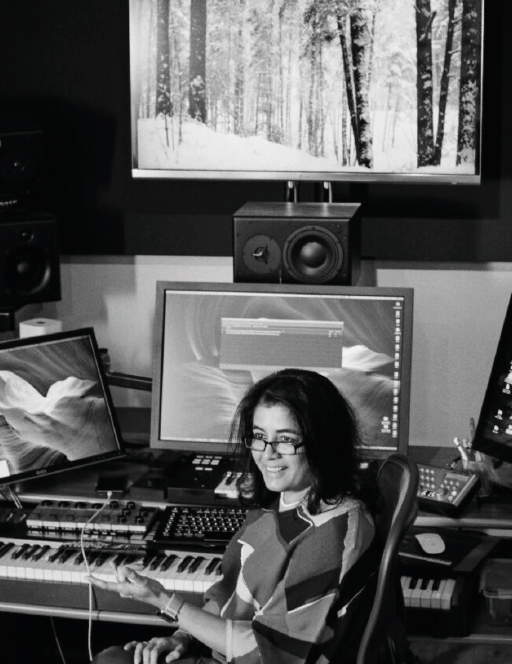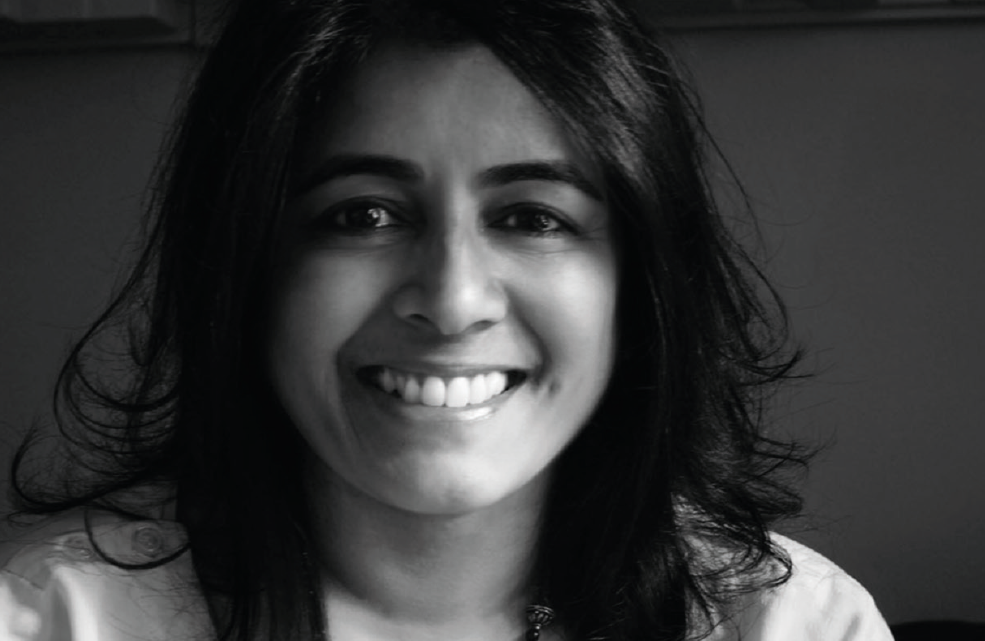“I recently finished working on For Sama, which has just been nominated for an Oscar,” Nainita Desai tells me.
Since winning the Breakthrough Brit Award at the BAFTAs in 2016, that award’s title has been a very apt way to describe Desai’s rapidly ascending career. The British composer is speaking to me at her home in London, as best she can while her cat tries to distract her.
“The Oscar nomination is quite wonderful. I spent a year and a half working on For Sama — it’s a very intimate portrayal of the female perspective in Syria.”
Indeed, For Sama is a scintillating documentary, which shows its director, Waad Al-Kateab, attempting to raise her infant daughter in the midst of the Syrian conflict. Its Oscar nod is richly deserved.
“The film is really a love letter to Waad’s daughter,” Nainita says. “Despite all the chaos of the war around them. And the hardest thing as a composer, is you have an ego, and want to show off what you can do with the music.
“It really is difficult to hold back and be restrained. The images and the story are so powerful, and the music had to carefully interweave around all of that, and support the narrative. To be true to the film, I brought in a Syrian violinist who is a refugee. I like to think his playing is the aching heartbeat of Aleppo.”


